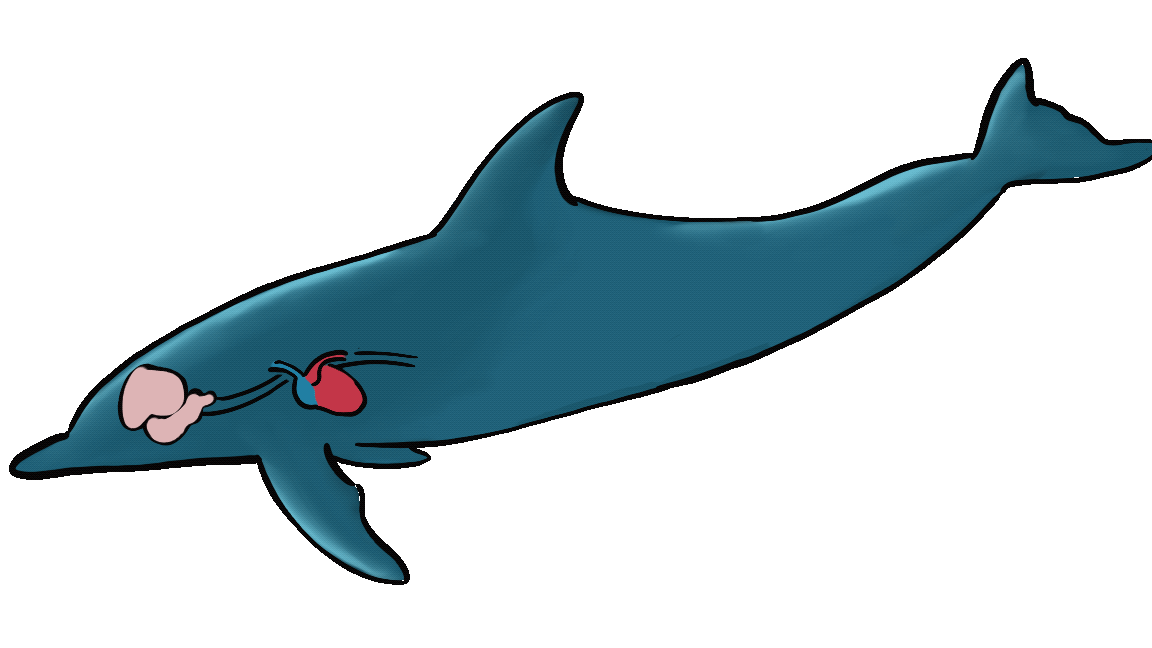Part 1
Location of the devices
Analysis of BCG: 1D VS 3D

In this study, I demonstrated that chest was the best placement to record acceleration data, based on a visual comparison of the signals.
Acceleration could be more exposed to overall body movements (e.g., fins and thoracic cage) when placed on the flanks than movements caused by heart beats.
Concerning the difference between 1D and 3D BCG, I found that 1-dimension was better to analyze BCG than the 3-dimensional analysis.

Indeed, as I measured the inter-beat intervals (instantaneous heart rate), the waveform’s appearance was impacting the peak detection. 3D BCG being the sum of the three-axis, the resulting waveform is smoothed and not as precise as the 1D waveform.

Previous research showed that 3D BCG would be a stronger proxy when estimating the global (average) heart rate of wild animals.
Part 2
Validating BCG using ECG
Cardiac physiology
Conclusion
I found BCG to be significantly correlated with ECG, but the intervals estimation from BCG had a certain number of errors during pre-apnea, apnea and post-apnea periods.
Since BCG is subject to movement artefacts, movement induced from breathing impacted the correct analyses of the signal.
The difference between animals showed that the method was working best on some animals than others, depending on the trials but also their general state.
Although it was not enough to precisely detect the inter-beat intervals, BCG can be an even more stronger proxy when estimating global heart rates of marine animals.
All animals demonstrated diving bradycardia (i.e., low heart rate during breath-hold) and coherent instantaneous and average heart rate estimates (based on past studies).

Animals also demonstrated post-dive increase in breathing frequency and respiratory sinus arrhythmia (i.e., heart rate synchronised with breathing pattern) was also detected.
- BCG is promising but not as trustworthy as ECG for measuring instantaneous heart rate.
- 1-dimensional BCG was a better proxy for instantaneous heart rate than 3-dimensional BCG, but BCG signal is highly influenced by movements, like breathing.
- 3D BCG could be a stronger proxy for measuring average heart rate of wild marine mammals.
- Since building ECG waterproof loggers can be difficult, costly, and time-consuming, acceleration could be used as back-up for heart rate investigations.
- Acceleration may provide useful information for application in conservation and behavioural studies.
Contact me ! >>
Downloads >>
Thank you for reading through my work ! I hope this subject developed your interest for marine mammals and their incredible physiology !